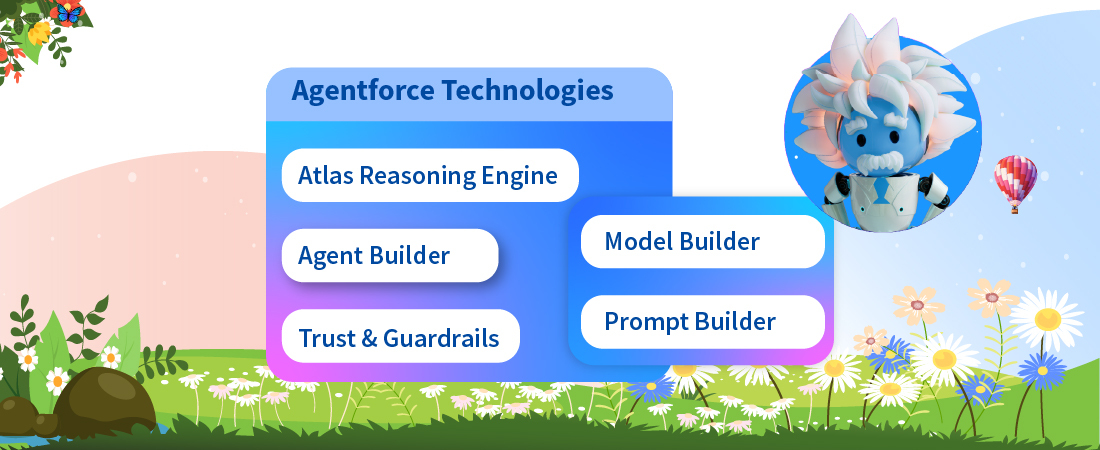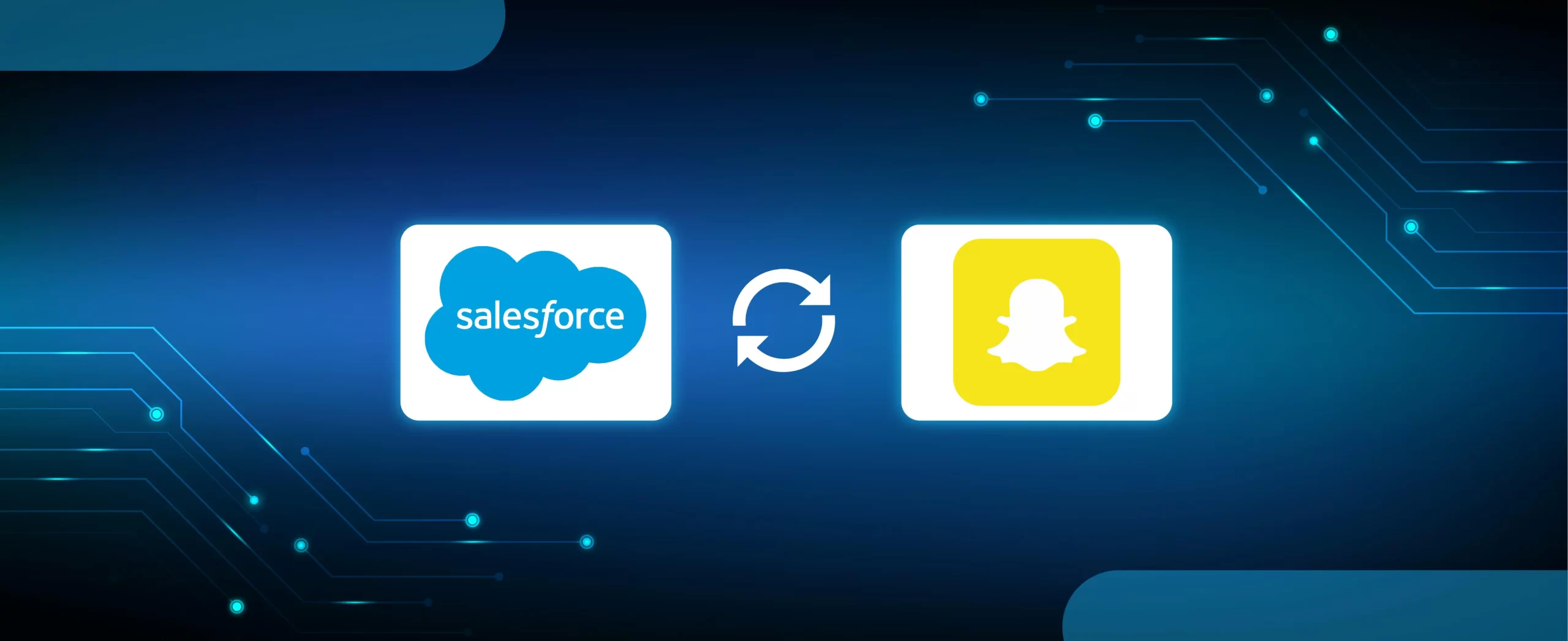Introduced in 2016, Field Service Lightning lets companies bring together workforce products and customers under one roof.
It’s essentially an app built over the Service Cloud. Of course, it’s also customizable to different business needs and operations and is geared toward portability over mobile devices.
Overall, through FSL, enterprises can handle work orders, service requests, appointments, case closures, and everything in between.
No wonder it clocked the fastest growth in history for a Salesforce product.
Why would you want Field Service Lightning at all?
Connectedness and Experiences
Customers want to stay on top of every update. They connect over multiple channels, and everything’s an experience now- even service.
That makes it inevitable to connect skilled agents, dispatch crews and customers more closely than ever.
Changes in the way we deliver services
Service is so much more personalized than it once used to be, thanks in part to online reviews and social buying.
Everything is coordinated.
Almost all big corporations have some form of obscured back-office investment for automating their delivery, maintenance, and installation ops. That means you’ll need to do more to stand apart.
Quality after-sales service is increasingly considered as an important part of the product and its longevity. Inevitably, customer-centric services have become vital to both brand image and competition.
Features
For harmonized operations
To start with, FSL allows sharing dispatch schedules with assigned resources to notify procurement teams of potential stockouts.
Then, there’re Map as well as List Views for appointments.
Agents can also participate through manual rescheduling, double-booking prevention, and text confirmations.
For customer delight
Now, your field staff can access asset service history, work plans, and KB articles for controlled service interactions. All this while customers see real-time ETAs through client-side interfaces.
Besides, an intelligent-scheduling engine makes appointments based on the service personnel’s skill set, vicinity, and availability to ascertain that only the best person shows up for a job.
For faster administration and back-office productivity
For one, dispatch teams can create customizable views of candidates from a Dispatcher Console as well as initiate work orders straight from Case Requests.
Then, they could subsequently access a Service Console to draw up fast, intuitive work order forms, and prefill field values like durations by choosing an associated key like a linked service-type.
Even more, they could preview embedded service appointment details over location pins for active appointments.
For mobility
An obvious inclusion is mobile previews to check compatibility for what on-ground agents can see apart from app-store supported mobile apps for cross-device compatibility.
The many pros of Field Service Lightning
- Customers can get appointments booked by themselves to save agent time.
- Reroute work based on location, skill, company policies, and business practices.
- Dispatch crews can fill in schedules over single-view on-ground updates, respond promptly to service hiccups, and command portable resources.
- Coordinators can access Live views of service operations and territory over a map complete with area traffic and congestion data for more accurate ETAs.
- Agent-views for prioritized and finished tasks, appointments and directions on either Google or Apple maps
- Through the work order, field agents can contact the customer and see reference articles to perform sensitive jobs in one go to keep up brand image, pin-up attachments for proof of service, or update service center inventory.
- Service reports let customers scribble signatures over a touchscreen to authenticate presence and satisfactory work completion.
- Seamless updates to activities when the skilled agent comes back online to allow for service in areas with bad network connectivity.
Typical Use Cases
Whether it’s automating the next work order, renewal, inventory stock ups, or maintenance schedule, Field Service Lightning enables visibility at every stage.
External system integrations and customizations can further bring down process inefficiencies and integrate processes more closely for operations such as product line extensions, warranty references, collections, and eligibility checks for asset upgrades, to name a few.
Finally, the app lends itself well to clarity into employee productivity and field performance metrics and expedited data entry processes for reducing erroneous agent entries for work briefs.






